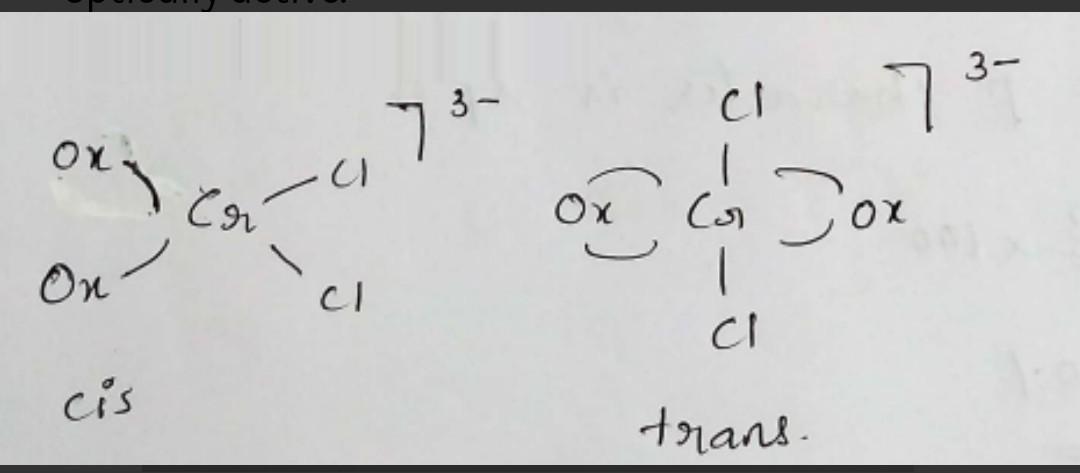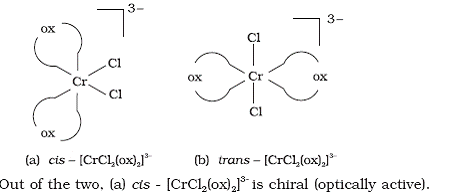Time management is very much important in IIT JAM. The eduncle test series for IIT JAM Mathematical Statistics helped me a lot in this portion. I am very thankful to the test series I bought from eduncle.
Nilanjan Bhowmick AIR 3, CSIR NET (Earth Science)
Imdadul Haque posted an Question
- IIT JAM
- Chemistry (CY)
19. among the following complexes, ) [ru(bipyridyl) ] (ii) trans-{crcl2 (oxalate),] the ones that show chirality are (a) 0. (i). (vv) (i) [cr(edta)] (iv) cis- (
19. Among the following complexes, ) [Ru(bipyridyl) ] (ii) trans-{CrCl2 (oxalate),] the ones that show chirality are (a) 0. (i). (vV) (i) [Cr(EDTA)] (iv) cis- (CrCi,(oxalate),1 (b) 6). (i), (i) (c) (i). (i). (v) (a) (0.% 20. The electronic confiauratiane that ba
- 0 Likes
- 3 Comments
- 0 Shares
Do You Want Better RANK in Your Exam?
Start Your Preparations with Eduncle’s FREE Study Material
- Updated Syllabus, Paper Pattern & Full Exam Details
- Sample Theory of Most Important Topic
- Model Test Paper with Detailed Solutions
- Last 5 Years Question Papers & Answers
Sign Up to Download FREE Study Material Worth Rs. 500/-










 >
>


 >
>









Imdadul haque
Okay sir